We left the Fes tanneries that afternoon and headed back into the medina to see what else we could uncover. Sarah, my husband’s cousin, mentioned she would really like to see the Jewish quarter, including the Jewish cemetery. We discussed it, and were all in agreement that it would be interesting. The only issue now was how to find it.
Anyone unfamiliar with the Fes medina, or any medina really, would find exploring it like being a rat in a maze. The medinas are not laid out in a grid. There are not just intersections in the roads where you have to decide to go left, right, or straight. The streets and alleyways go off in every possible direction. Without specific instructions on how to get somewhere, you could very well find yourself lost. Fortunately we were aware of this fact and decided it was best if we asked the locals for directions.
We stopped a young man on the street and enquired about the location of the Jewish cemetery. He spoke english so he indicated it would be very difficult to find it on our own. He said it just so happened he was going that way and would show us. How very fortunate for us to find someone so helpful! So we set off on our trek through the medina.
Our Personal Tour Through the Back Streets of the Fes Medina
As we walked, he pointed out some other landmarks that he thought we might find interesting. He was very friendly and talkative and gave us a good deal of information. We had a good time just following him around and experiencing the back streets of the Fes medina. The place really did feel a bit like walking back in time. We saw kids playing ball in the street and people hanging their laundry out to dry. Strangers waved to us as we passed by, and you could smell delicious Moroccan dishes cooking on the stove. It was a small peak into what Moroccan daily life was like, and I found it all very interesting.
We walked for quite some time before stopping in a covered walkway. He pointed to some white domed structures in the distance and told us that those were in the Jewish cemetery. Pretty soon we arrived at a building and stopped. It was the Jewish Synagogue of Aben Danan. When the young man started to walk away, Tracy and Sarah stopped him. They asked what they could pay him for his troubles, but the man refused. He argued that he was just headed home and didn’t need to be paid for his services. After much insistence though, he finally agreed to accept twenty dirham (the equivalent of about $2.50 at that time). It was yet another fine example of the generosity of the people of Fes and a small price to pay for his wonderful assistance.
The Jewish Synagogue of Aben Danan
With waves of goodbye, the man left and we turned our attention to the Jewish Synagogue. The sign at the door indicated the building was built in the 17th Century. It was then renovated in the late 1990’s and reopened in 1999. We entered through the door and stepped into the main room. Wooden benches were located throughout the room and beautiful Moroccan pierced metal lights hung from the ceiling. There were carved wooden panels on the walls- cabinets for various Jewish religious items. The panels were surrounded by borders of small Moroccan tiles laid out in intricate patterns. I could only imagine the many hours it had taken to install those tiles on the wall. It was beautiful. We did a little exploring, but unfortunately found out the cemetery was closed. We had to settle for taking some photos from the window.
Our visit to the Fes medina was capped off with our visit to this meaningful site. We learned that centuries ago when many Jewish people were expelled from Europe, they were allowed into Morocco. You will find Jewish quarters in many of the medinas in the country for that reason. However, many of the Jewish quarters are not inhabited by many Jewish people any longer. Most moved to Israel when that country was created. The Jewish Synagogue and cemetery were renovated with help from private funds and UNESCO. Fortunately someone cared enough to ensure this beautiful religious site was preserved for future generations.
A Lesson to be Learned
Morocco is constitutionally an Islamic country now, but allows all religions to practice and have houses of worship. The main requirement is that any religious group may not preach openly in the streets. This of course doesn’t prevent any issues from happening, but it seems to lesson the tensions among religious groups. The laws still do favor Islam, but I felt this was a good compromise to being inclusive of all religions and a good way to promote peace. The Moroccans we came in contact with did not seem to care what religion you practice. They only seemed interested in who you are and your story, and with sharing their story with you. I feel like that is something we could all learn from.
Our day in the medina ended with a bit of a history lesson. But before leaving town, we had one last fun experience with the locals of Fes.
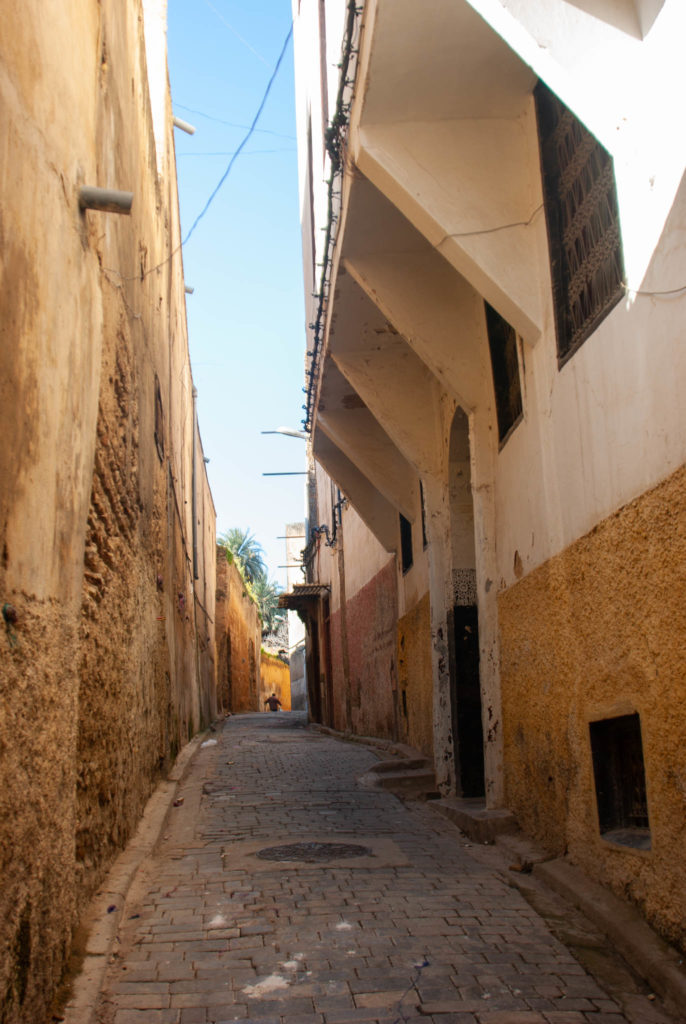
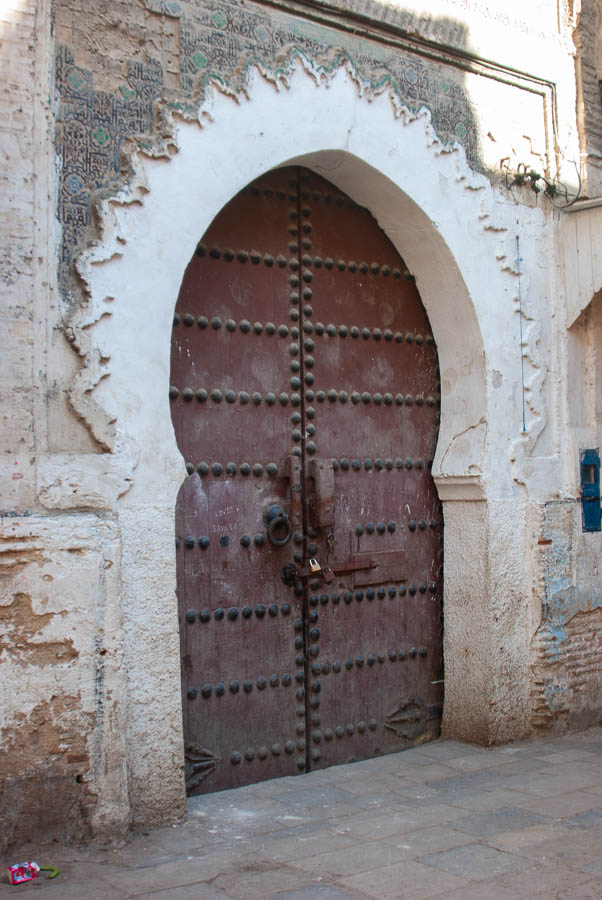
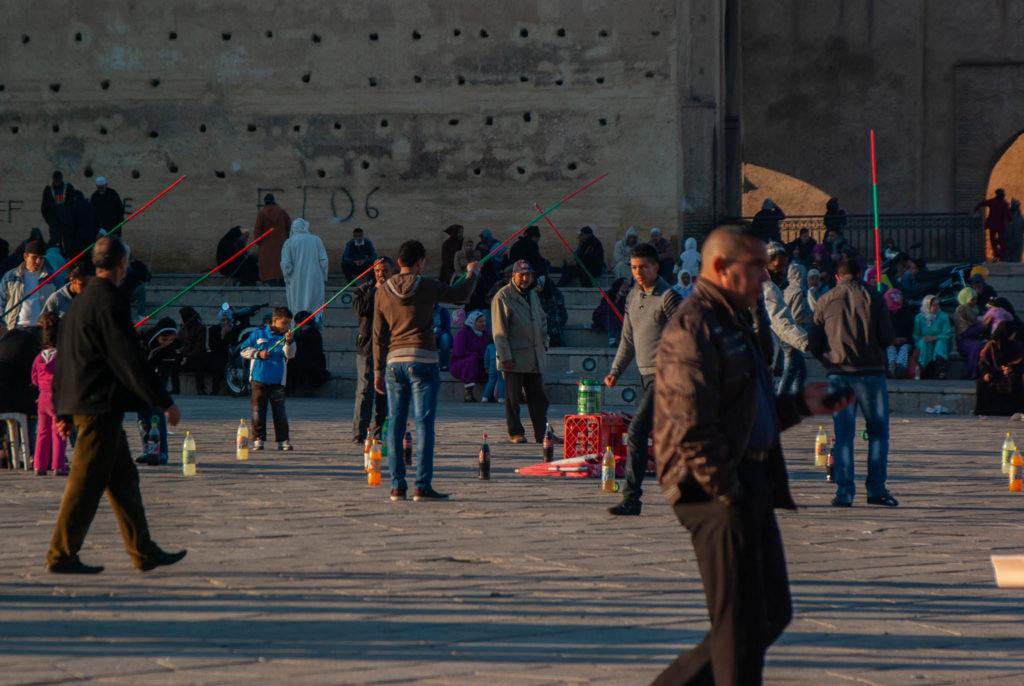
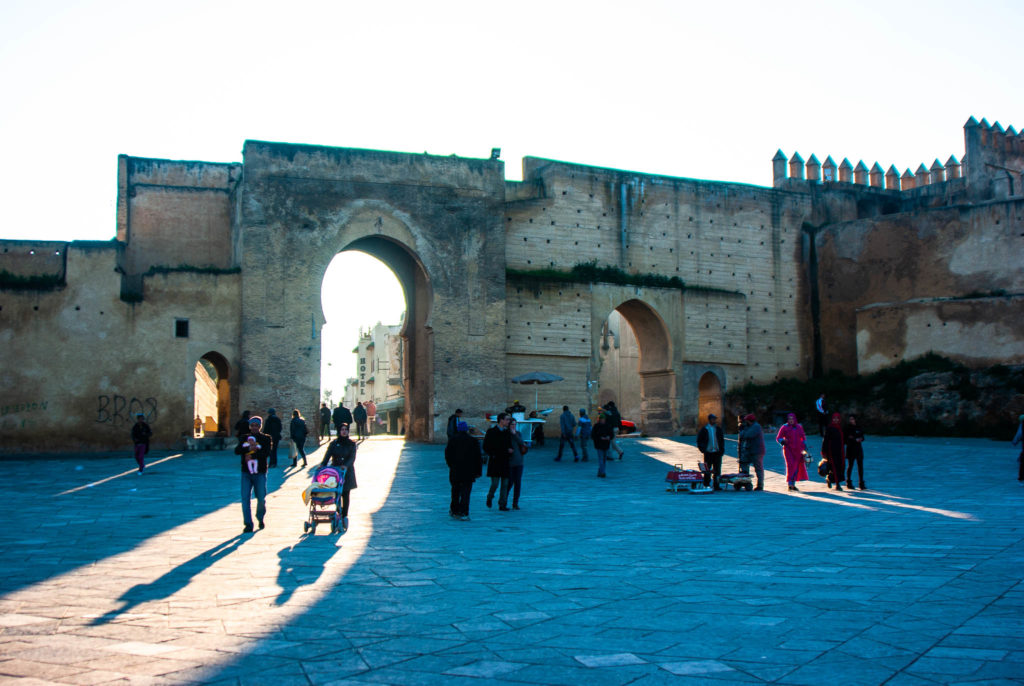
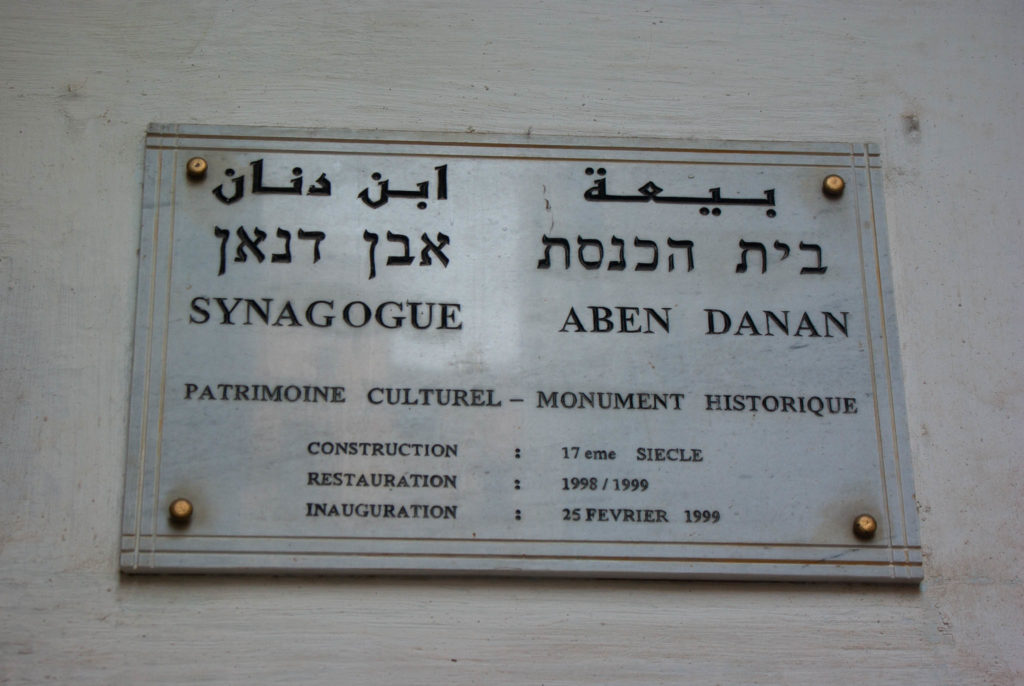
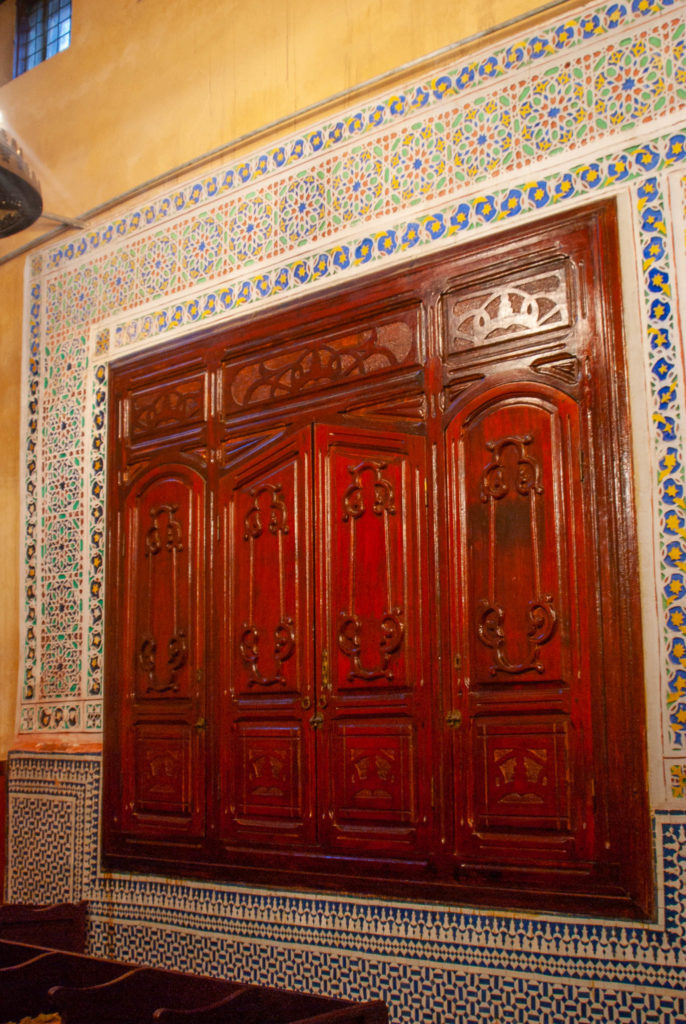
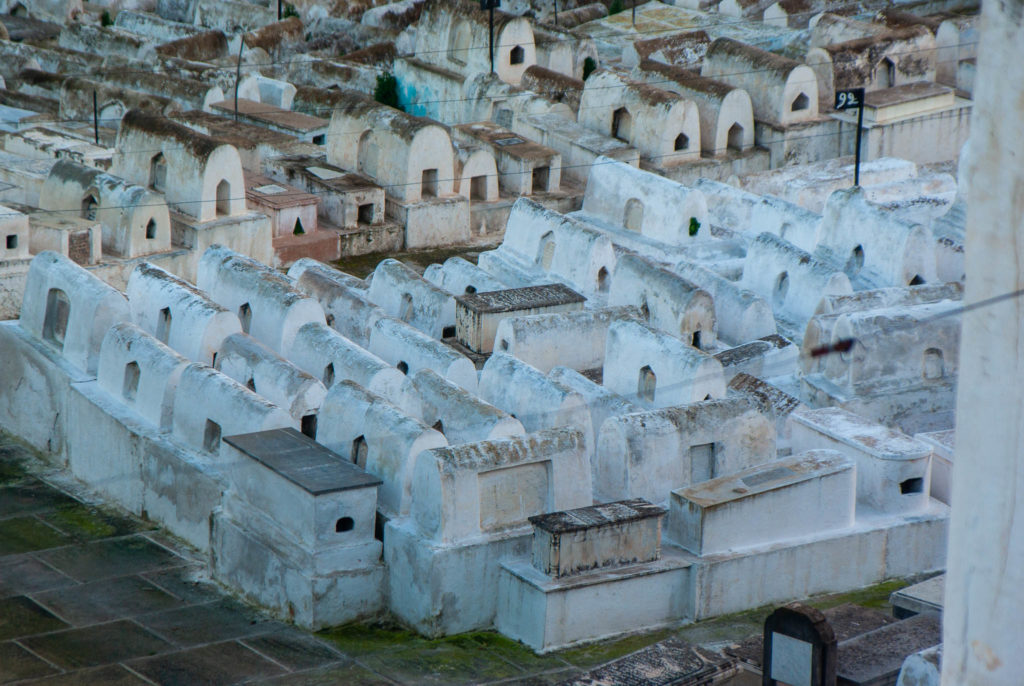
Leave a Reply